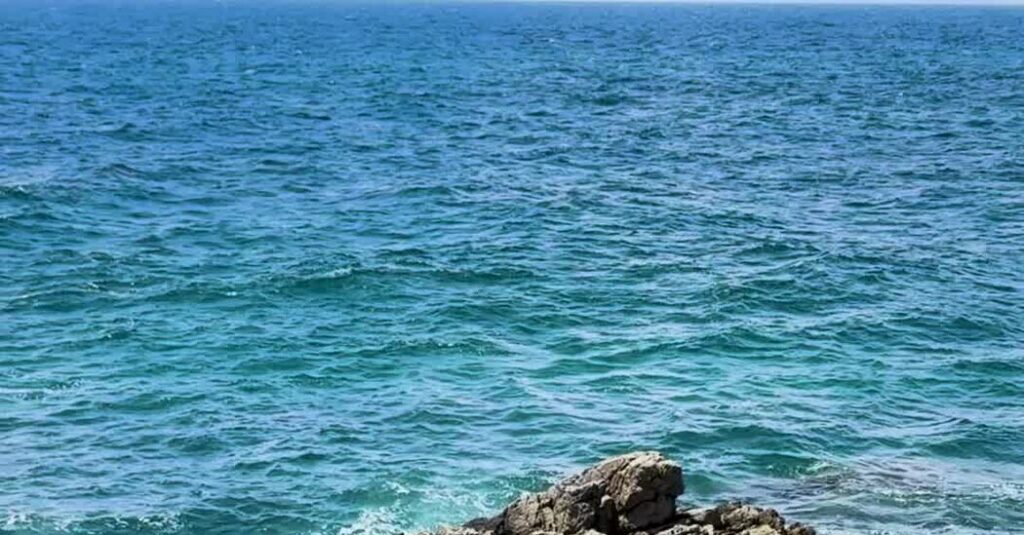Logistics tend to bump up the price of visiting the Caribbean. But the dual-nation island of Dutch St. Maarten and French St. Martin offers an advantage: It’s a transportation hub for the Leeward Islands, served by most major American carriers and some European ones.
Airline competition usually means flight deals, but can you stay there on a budget? Yes, if you keep it simple by choosing basic lodgings, slow exploring and meals at outdoor spots favored by locals.
Distinctive accommodations and attractions will save you money, but they won’t diminish your experience. (Note that the Dutch side commonly uses U.S. dollars and the French side uses euros.) The following are five budget-travel hacks for enjoying this multicultural island.
Stay Near the Airport
In many places, staying near an airport is a drab proposition. But on the Dutch St. Maarten side, the main runways at Princess Juliana International Airport lie beside Simpson Bay Beach, one of the longest beaches on the island.
There are several modestly priced hotels on this beach, including Mary’s Boon Hotel, which has a rooftop deck that’s handy for plane-spotting and sunset-watching.
The hotel’s landscaped compound offers a variety of rooms, many with efficiency kitchens. Several small grocers are within walking distance, and Market Garden supermarket is a 25-minute walk away. Rooms start around $135 a night.
Nearby, the Azure Hotel & Art Studio, painted a standout shade of blue, also offers rooms with kitchenettes, including one solo-friendly studio and more spacious suites. Rooms start from $115. For those looking for a longer stay, a one-bedroom Airbnb offers beach access outside the door.
But what about noise? Takeoffs by large planes grabbed my attention over six spring nights at the beach, but they were infrequent and mostly during the daytime.
Take a Hike
Perhaps because it’s a sweaty endeavor, hiking isn’t the first activity promoted in many Caribbean destinations. But volcanic islands like St. Martin/St. Maarten offer many hilly routes with panoramic views that are free.
Some of the best provide a payoff in a cooling swim. That’s one attraction of Back Bay trail, a 1.3-mile round trip over coastal scrub with desert cactuses, grazing goats and rock outcroppings covered in sunning iguanas, along a frothy shoreline.
About a half-hour walk from the trailhead, brightly painted signs point to a “natural pool” down the slope. This is where larger rocks create a wall separating the crashing surf from the calm shallows that invite swimmers to jump in (avoid the sea urchins in the rocky crevices).
The start of the path in the Guana Bay residential area is hard to find; look for a basketball court and scour the hillside beside it to find the unmarked trailhead.
More ambitious hikers can go to the summit of Pic Paradis, at 1,391 feet the highest peak on the island, for views well out to sea. A steep trek on the French side, it’s roughly a 2.5-mile round trip on a paved road that leads to a forested track. Start from the activities hub Loterie Farm (entry, €10, or about $11.50), which provides maps and access to bathrooms.
Dine at Lolos
As the French tell it, lolos, or small outdoor restaurants commonly centered on barbecues, originated in the villages of enslaved people in the 17th century. The restaurants remain bargain sources of grilled fish and ribs, crab and chicken curry.
In the town of Grand Case on the French side, lolos often feature oil drum grills and aromatic smoke. Fish and meat pile the grates at Cynthia’s Talk of the Town, where an order of grilled snapper and ribs with sides of rice and beans, coleslaw and johnny cakes (savory fritters) feeds two for about $30.
Lolos are often locally owned and operated. “Eighty percent of my business is local,” said Brian Breedy, the chef and owner of Breedy’s Pit Stop Seafood Shack at Kim Sha Beach on the Dutch side, where the menu, written on a blackboard, changes daily.
The strip of lolos where Mr. Breedy operates was largely established after Hurricane Irma in 2017 when many restaurants were damaged.
“This is what most of the people come to the island for, beach and barbecue,” he said.
Still, the umbrella term “lolo” covers a wide variety of restaurants and includes vegan stalls like Irie Gardens in the Dutch capital of Philipsburg.
Tour Philipsburg’s Murals
Grab a strawberry smoothie from Irie Gardens and explore the city through its Philipsburg Art Walk, a beautification project featuring 22 murals by local artists.
After Hurricane Irma dumped sand and water in stores and hotels across the island, including in Philipsburg, local business owners spent several years cleaning up, only to have the pandemic squash tourism again in 2020.
“A lot of buildings were still closed when tourism reopened” after the pandemic, said Marla Chemont, a spokeswoman for the St. Maarten tourism board.
The nonprofit Be the Change Foundation devised the dual-purpose project to renew devastated buildings and sustain local artists. Most of the artworks lie within a block or two of Great Bay beach in the center of town. Plaques contain artists’ statements and QR codes that link to a map of the mural locations.
The open-air art exhibition celebrates the island in bright colors and inventive patterns, often painted in alleyways and across a variety of surfaces from corrugated metal doors to utility boxes. Subjects include psychedelic jellyfish, a ubiquitous bird known as the bananaquit, an underwater landscape and, from the tattoo artist Christford Shillingford, an endemic lizard known as a bearded anole with tribal tattoos.
Other works focus on the culture of the island, including a playful mural by the artist Nascha Kagie featuring thought bubbles in the local dialect, such as “Where you be?” and “Watating!” (Are you serious?).
Between murals, the route takes in Philipsburg landmarks: an 18th-century courthouse, school and salt warehouse.
Comb the Coast
For an island you can drive around within an hour — it covers about 35 square miles — St. Martin/St. Maarten is rich in coastal intrigue, with 37 beaches and other natural attractions.
While taxis are available, it’s cheaper to go beachcombing by car. Walking distance from Simpson Bay Beach hotels, Sixt Rent the Car is where I rented an economy car for a day that, with fees, totaled about $75.
Perhaps the island’s best-known beach, Maho Beach, lies just beyond the airport’s main runway where photographers camp out to try to get shots of swimmers and sunbathers with an Airbus A350 or a Boeing 787 just overhead.
As the larger half of the island, the French St. Martin claims most of its beaches, including the quiet Happy Bay (between the capital, Marigot, and Grand Case), which requires just a short hike to lose the crowds. West of Marigot, Baie Rouge, or Red Bay, offers snorkeling around a rocky point.
Near Baie Rouge, explore David’s Hole, a collapsed sea cave with natural arches. Swimmable in fair conditions, David’s Hole churns dangerously when the ocean is choppy, though the tide pools nearby tend to be calm.
On the opposite side of the island, time your visit to Rotary Lookout Point at low tide to walk out to a deserted islet. (Wear water shoes to protect your feet from sharp stones on the ocean floor.) It is close to the St. Martin Nature Reserve, which protects most of the north coast of the island, including mangroves and salt ponds that are ideal for bird-watching.
Not far from Maho, end the day in Cupecoy at Dany’s Cupecoy Beach Bar, a rustic shack with $3 beers and priceless sunset views.
Follow New York Times Travel on Instagram and sign up for our Travel Dispatch newsletter to get expert tips on traveling smarter and inspiration for your next vacation. Dreaming up a future getaway or just armchair traveling? Check out our 52 Places to Go in 2025.
Hiroko Masuike is a New York-based photographer and photo editor for The Times.
The post On a Volcanic Caribbean Isle, 37 Beaches and Endless Views appeared first on New York Times.




